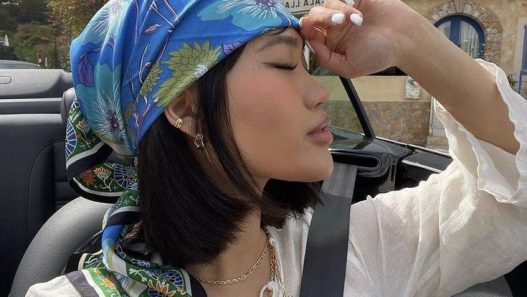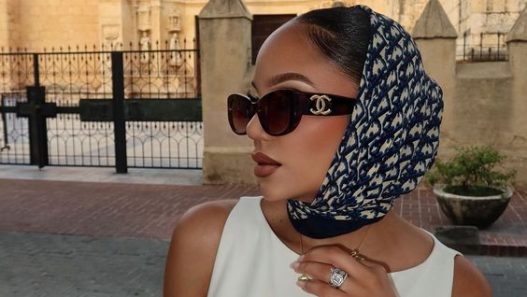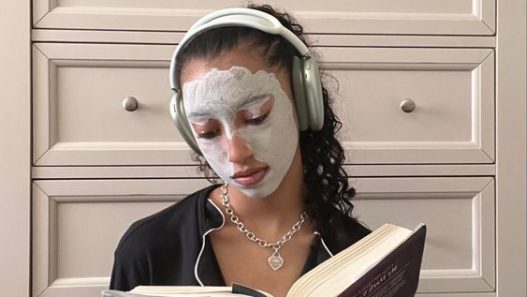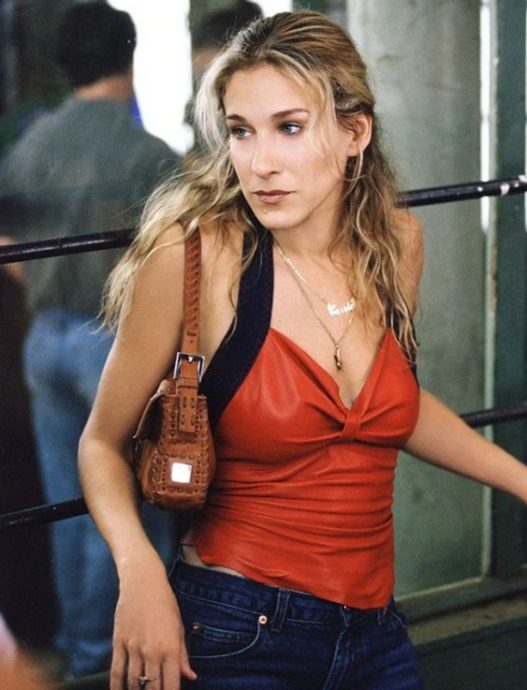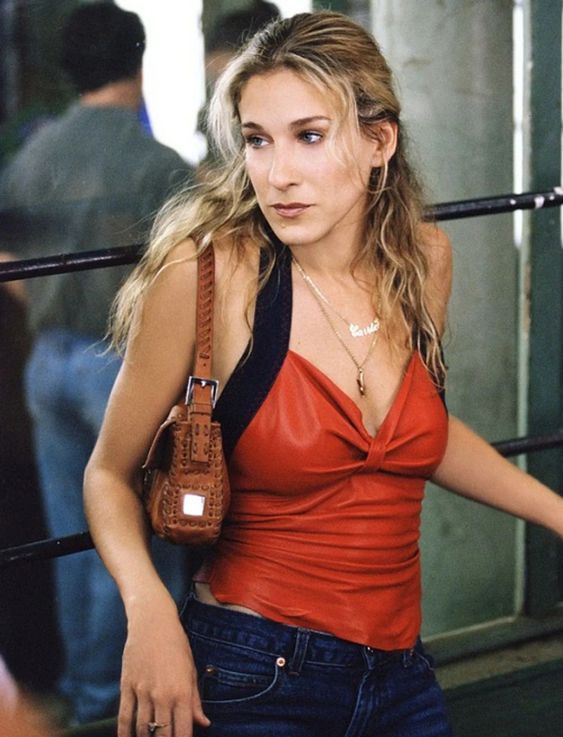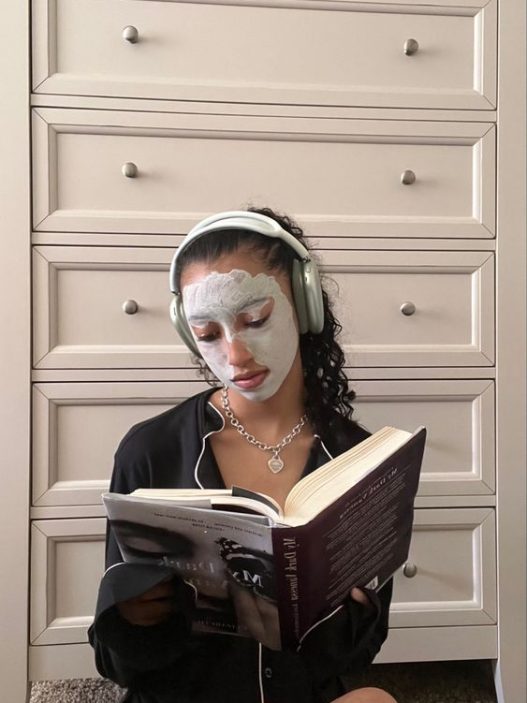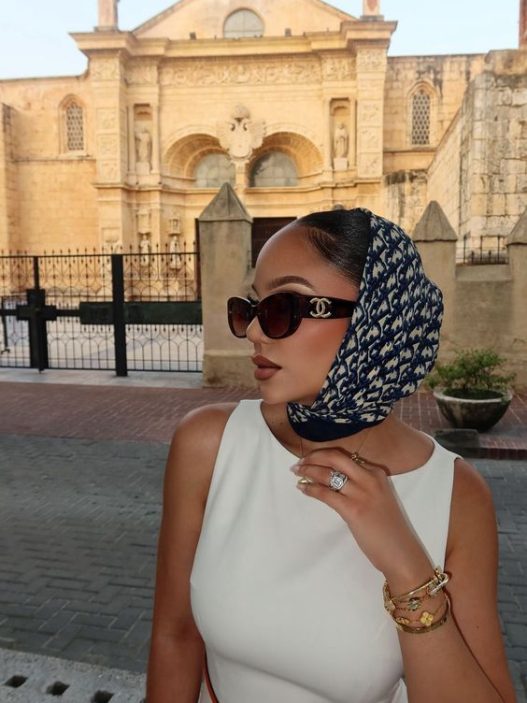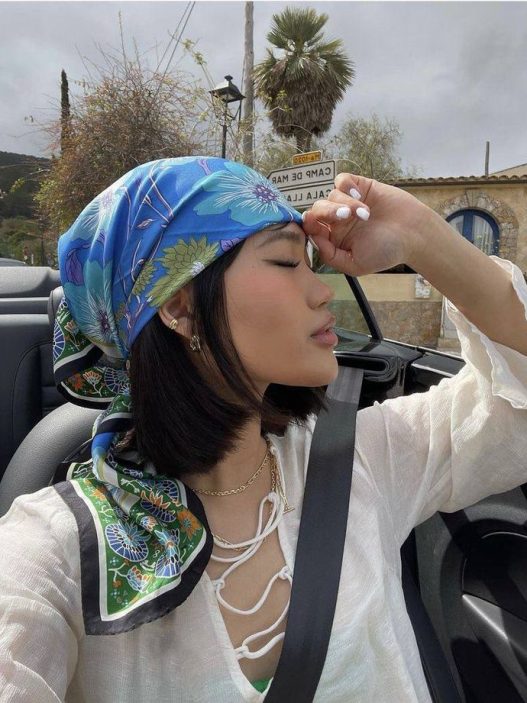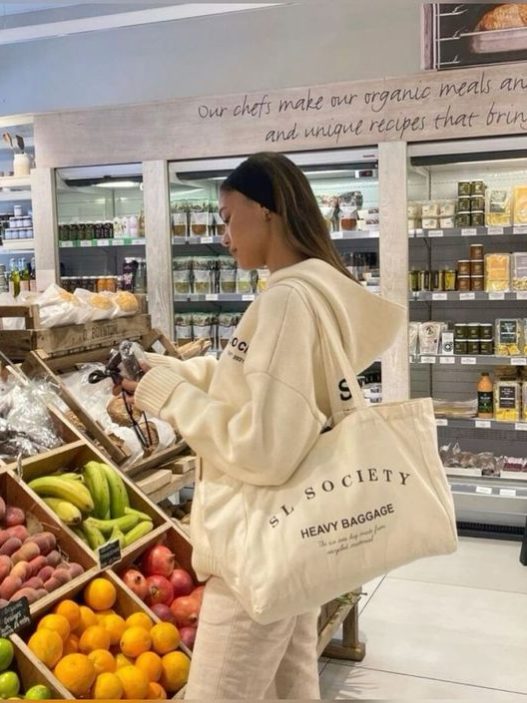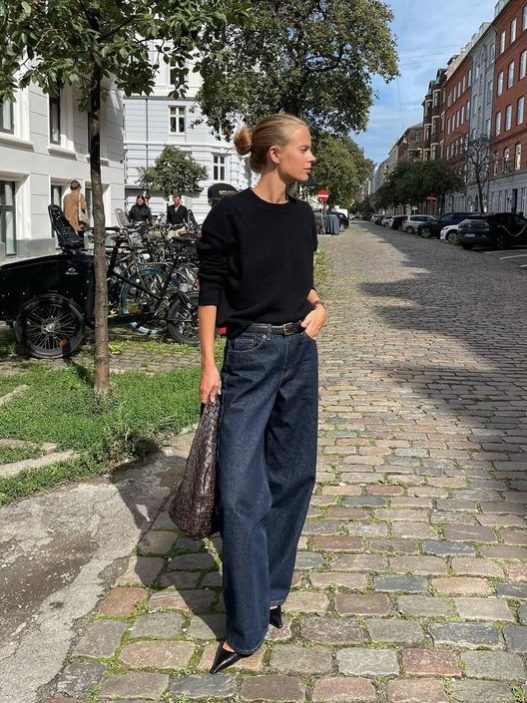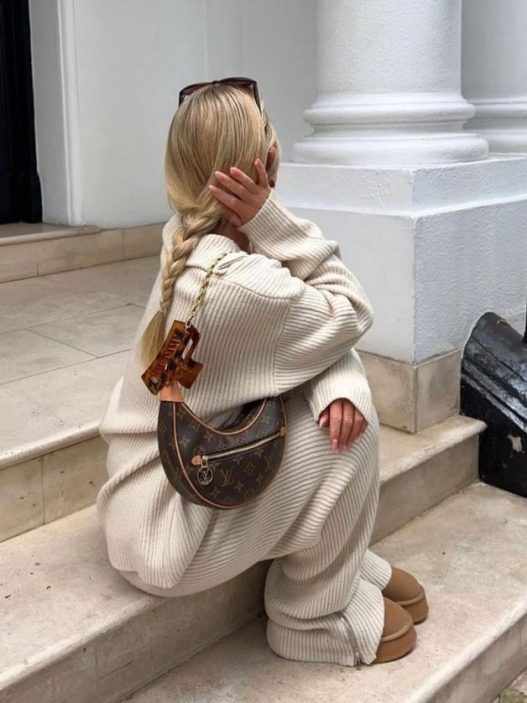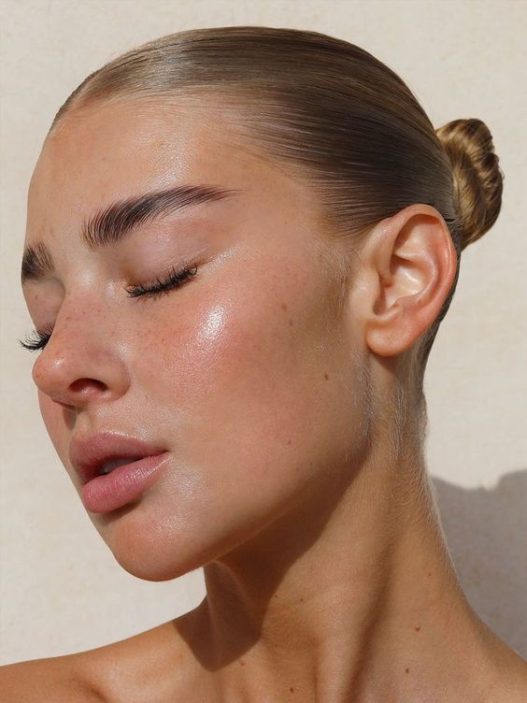Street style has long been a reflection of culture, music, and social movements, embodying the spirit of rebellion, creativity, and self-expression. From the bold looks of the 90s to the fashion-forward trends of today, street style continues to influence mainstream fashion in ways that push the boundaries of what’s considered cool. Let’s take a walk through time and explore the evolution of street style, from the 90s to now.
The 90s: Bold, Rebellious, and Grunge-Inspired
The 90s were a time of cultural upheaval and experimentation, and fashion was no exception. Street style in the 90s was largely defined by grunge, hip-hop, and skate culture, all of which influenced clothing choices that were bold, oversized, and effortlessly cool.
- Grunge: Thanks to bands like Nirvana and Pearl Jam, the grunge movement popularized flannel shirts, ripped jeans, and Doc Martens. The look was deliberately disheveled, focusing on comfort over polished appearances, and it quickly became a defining aspect of 90s street style.
- Hip-Hop Influence: With the rise of artists like Tupac, Biggie Smalls, and Aaliyah, hip-hop culture left an indelible mark on street fashion. Think oversized denim, baggy pants, gold chains, and sportswear brands like FUBU, Champion, and Karl Kani. The blend of casual streetwear with luxury items set a new tone for urban style.
- Skate Culture: Skateboarders also played a pivotal role in shaping 90s street style, favoring graphic tees, oversized hoodies, and Vans sneakers. This laid-back, countercultural vibe was rooted in the anti-establishment attitude of skaters and their need for functional yet fashionable clothing.
The 2000s: The Rise of Bling and Celebrity Influence
As we moved into the 2000s, street style became more influenced by pop culture, celebrity endorsements, and the growing power of fashion magazines and reality TV. This era brought about a polished take on streetwear, blending high fashion with urban culture.
- Bling Era: The early 2000s saw the rise of flashy “bling” culture, with icons like Jay-Z, 50 Cent, and Pharrell Williams leading the charge. Bold, statement jewelry, tracksuits from brands like Juicy Couture, and luxe sneakers became must-have items, combining street style with opulence.
- Y2K Fashion: Think low-rise jeans, tiny crop tops, and trucker hats. Y2K fashion was quirky and experimental, merging cyberpunk aesthetics with a futuristic edge. Celebrities like Britney Spears, Paris Hilton, and the Olsen twins became style icons for this unique blend of glamour and streetwear.
- Sneaker Culture: The 2000s also cemented sneaker culture, with limited-edition releases from brands like Nike and Adidas. Collaborations with high-fashion designers turned sneakers into collector’s items, making them a key component of street style.

The 2010s: The Era of Streetwear Luxury
By the 2010s, street style had fully infiltrated the world of high fashion. Brands like Supreme, Off-White, and Vetements merged streetwear aesthetics with luxury materials, creating a new genre of fashion that catered to both the elite and everyday consumers.
- Athleisure: The rise of athleisure blurred the lines between sportswear and street style. Joggers, leggings, and hoodies became socially acceptable for everything from gym sessions to brunch outings. Celebrities like Kanye West and Rihanna helped make this trend ubiquitous, turning sportswear into a fashion statement.
- Designer Collaborations: Collaborations between streetwear brands and luxury houses became the norm, with brands like Louis Vuitton partnering with Supreme, and Adidas working with Kanye West on the Yeezy line. These collabs shifted street style into the realm of high fashion, making it aspirational while retaining its roots in urban culture.
- Social Media Influence: Instagram became a major platform for showcasing street style, allowing influencers, fashion bloggers, and everyday people to share their looks with a global audience. Street style became more diverse and personalized, as people from all walks of life embraced the platform to express their individuality.
The 2020s: Sustainability, Gender Fluidity, and Diversity
Today, street style continues to evolve, reflecting broader social changes and movements toward sustainability, inclusivity, and body positivity.
- Sustainability: With climate change and ethical production becoming central issues, many streetwear brands are focusing on sustainability. Thrifting, upcycling, and eco-conscious fashion choices are becoming key elements of modern street style, with brands like Patagonia and Allbirds leading the charge.
- Gender Fluidity: The boundaries between men’s and women’s fashion are becoming increasingly blurred, with street style embracing gender-neutral clothing. Oversized blazers, unisex sneakers, and fluid silhouettes allow for more freedom of expression, regardless of gender.
- Inclusivity and Diversity: The 2020s are also seeing a push for more diverse representation in street style, with a focus on body positivity and cultural inclusivity. Brands are moving away from traditional beauty standards and celebrating all shapes, sizes, and ethnicities. Street style is more inclusive than ever, reflecting the beauty of diversity in fashion.

Conclusion: Street Style as a Reflection of Culture
Street style has always been more than just fashion—it’s a reflection of the cultural movements, social changes, and individual expressions of the time. From the rebellious grunge of the 90s to today’s eco-conscious and inclusive approach, street style will continue to evolve, inspiring and challenging mainstream fashion for years to come.
Stay tuned to TheFashine for more insights into the latest trends and how street style continues to shape the world of fashion.




